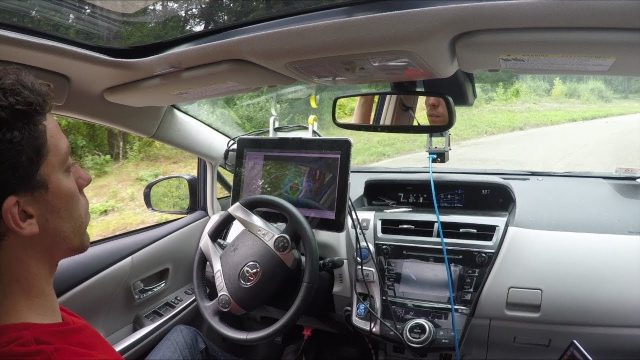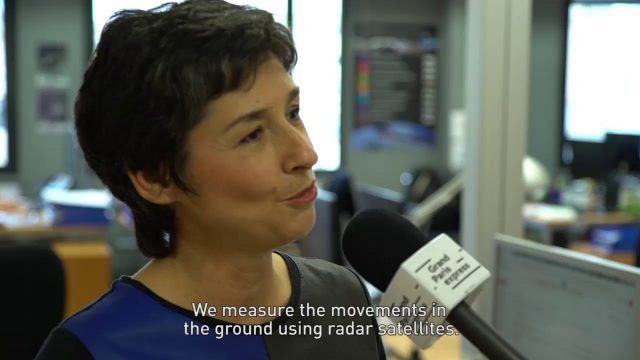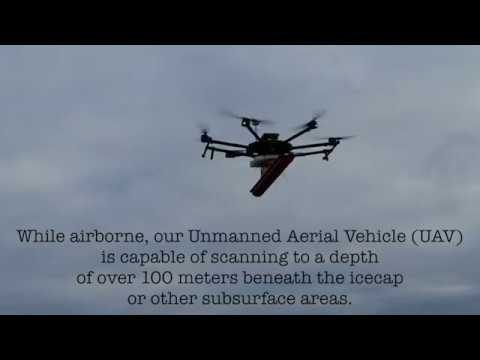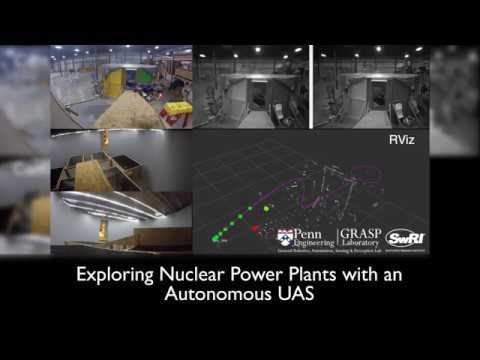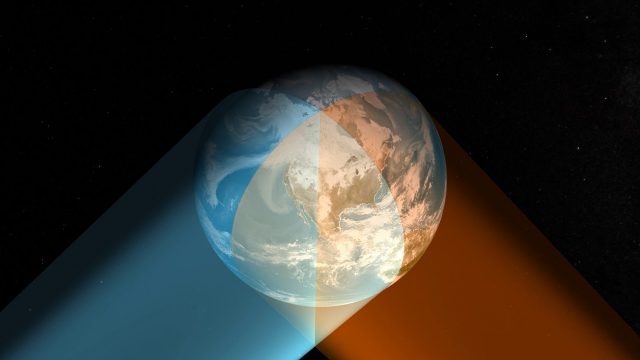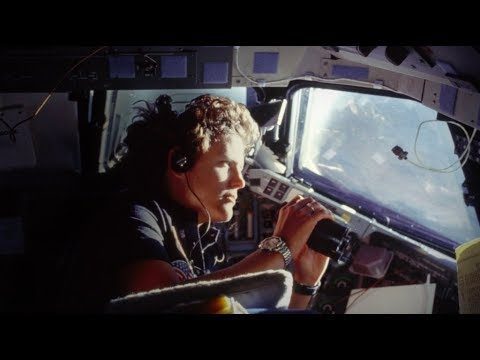Category: Found on the Internet
Nekton Mission I – Discovering the Rariphotic Zone
1.37K Views0 Comments0 Likes
Results from Nekton Mission I – the XL Catlin Deep Ocean Survey confirms the discovery of a new zone in the ocean, the Rariphotic Zone (Rare Light Zone) from 130 meters to 300 meters. The Rariphotic Zone is the fourth zone confirmed in the top 3,000 meters of the ocean, each defined by distinct biological communities living at different depths.
Self-Driving Cars for Country Roads
998 Views0 Comments0 Likes
A team from MIT's Computer Science and Artificial Intelligence Laboratory (CSAIL) developed a way for autonomous cars to read and anticipate their local surroundings rather than relying on gigabytes of 3D map data.
Satellite Monitoring of Grand Paris Express
1.02K Views0 Comments0 Likes
The Grand Paris Express is an unprecedented urban development project centred on a major expansion of the existing public transport network for the whole Paris metropolitan area.
SpaceX Falcon 9 Liftoff with TESS
978 Views0 Comments0 Likes
A Falcon 9 rocket lifts off at 6:51 p.m. EDT from Space Launch Complex 40 at Cape Canaveral Air Force Station carrying NASA's Transiting Exoplanet Survey Satellite (TESS).
Two New Satellites Set to Study One of Earth’s Most Critically Changing Regions
975 Views0 Comments0 Likes
In 2018, NASA will intensify its focus on one of the most critical but remote parts of our changing planet with the launch of two new satellite missions and an array of airborne campaigns.
Drone with Ground Penetrating Radar (GPR)
1.67K Views0 Comments0 Likes
GPR Drone technology can be used in areas where deep ground penetration is required but high resolution is not very important.
Exploring Nuclear Power Plants via UAS
1.12K Views0 Comments0 Likes
Southwest Research Institute and the University of Pennsylvania are developing UAS technology to fly into the containment vessels of the damaged units at Japan’s Fukushima Daiichi nuclear power station and assess conditions.
Geostationary Operational Environmental Satellite (GOES) East and West
1.01K Views0 Comments0 Likes
NOAA maintains a two-satellite Geostationary Operational Environmental Satellite (GOES) constellation to watch over the Western Hemisphere.
Mission Possible: Women of the Hubble Space Telescope
1.07K Views0 Comments0 Likes
When they were growing up, six women couldn’t have imagined that their lives would take them on a journey to NASA to work with the Hubble Space Telescope.
NASA Tech’s Supporting Role at the Oscars
1.08K Views0 Comments0 Likes
It's all about the gold. NASA uses gold on satellites and telescopes to see in infrared and block heat absorption. We needed a coating that was ulta-reflective and super durable—and thanks to a family-owned business i...














